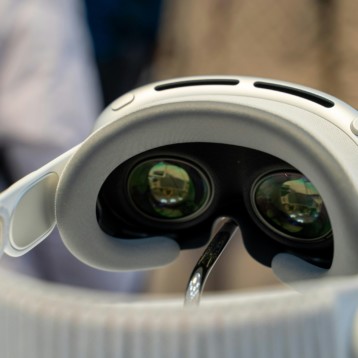This innovation is actually the first time where microcontact printing has been used to manufacture and arrange microbattery electrodes. Furthermore, it is also the first implementation of virus-based assembly in such a procedure. The technique itself does not require precise conditions (it can be performed at room temperature) and void of any expensive equipment.
The design of the battery comprises of two electrodes; an anode and cathode, which are divided by an electrolyte. At the present moment, the team at MIT have only developed the anode and the electrolyte. The process of creating the battery starts with a clear, rubbery material, where the team used a familiar technique labelled soft lithography to form a pattern of tiny posts either four or eight millionths of a meter in diameter. On top of these posts, several layers of two polymers, which act hand in hand as the solid electrolyte and battery separator, are deposited.
To form the anode, the engineers used viruses that are able to preferentially self-assemble a top the polymer layers on the posts. This idea was adapted from findings published in 2006, where Hammond, Belcher, Chiang, and colleagues reported on how to form the anode. Furthermore, the MIT team modified the virus’ genes to enable it to produce protein coats that accumulate molecules of cobalt oxide to shape ultrathin wires together with the anode.
|
The final step was to stamp each tiny post, which were covered with layers of electrolyte and the cobalt oxide anode. The testing of the current system was performed using lithium foil and by turning the stamp over, the transfer the electrolyte and anode to a platinum structure was made possible.
The latest findings are positive with the team concluding that the resulting electrode arrays are able to display full electrochemical functionality. Future plans for this engineering team is to research more on using the battery stamp on curved surfaces and integrating the batteries with biological organisms.
TFOT has previously written about Sony’s sugar-powered batteries, which generate electricity from carbohydrates (sugar). The device was developed based on the same power generation principles found in living organisms. You can also check out our article on Americium Power Source – a new battery-like device developed in Israel includes a core of americium 242, which generates a very efficient fission reaction.
Additional information on this virus powered battery can be obtained at MIT’s website.












